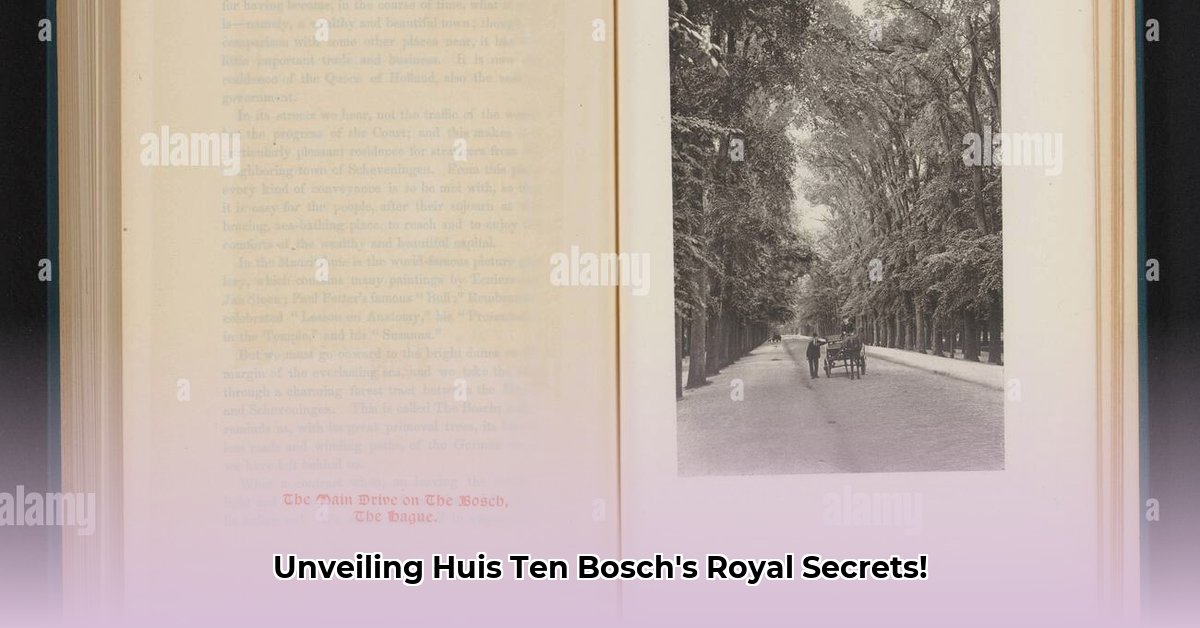
A Palace Takes Shape: From Humble Beginnings to Royal Grandeur
Step back in time to the genesis of Huis ten Bosch, a palace that whispers tales of Dutch royalty. Its construction, a blend of architectural styles reflecting the era's aesthetic, involved countless artisans and architects, shaping a building that embodies Dutch heritage. While details of its early years remain under scholarly scrutiny, the palace stands as a testament to the masterful craftsmanship of its time, a beautiful fusion of old and new building techniques and aesthetic sensibilities. Isn't it remarkable how a structure can so eloquently narrate the evolution of a nation's building styles?
The Oranjezaal: Stepping into History
At the heart of Huis ten Bosch lies the breathtaking Oranjezaal. More than just a hall, it's a stage for centuries of history; royal ceremonies, state visits, and pivotal meetings have unfolded within its walls. The sheer scale and opulent décor—a stunning display of Dutch artistry and power—inspire awe. "The Oranjezaal’s artistic program is a masterpiece of Dutch Baroque, narrating the triumph of the House of Orange," explains Dr. Anna van der Meer, Curator of 17th-Century Art at the Rijksmuseum. Indeed, further research into the symbolism embedded within its design and decoration is ongoing. But one thing is certain, it’s a breathtaking room.
Life in the Palace: A Blend of Public and Private
Today, Huis ten Bosch serves as the official residence of King Willem-Alexander, Queen Máxima, and their family. It’s a fascinating blend of royal life and family home; state visits and diplomatic events take place here, yet it's also where a family raises its children amidst historic grandeur. This delicate balance between public duty and private family life presents a unique challenge. How exactly does the royal family manage this duality? Ongoing research explores the subtle nuances of this complex interplay.
The Renovations and Controversy: A Necessary Investment or a Costly Debate?
Recent renovations sparked public debate. While essential for preserving the palace for future generations, the costs involved raised concerns about transparency and the allocation of public funds. The controversy highlights the complexities of managing a national treasure that's also a private residence. "There’s a difference of opinion regarding the transparency of the process," comments Professor Pieter de Vries, Political Science, Leiden University. "Some believe the government wasn't open enough; others argue that maintaining confidentiality is sometimes necessary for security reasons." Further investigation is underway to clarify the financial aspects of the renovations.
The Future of Huis ten Bosch: Preservation, Access, and Collaboration
Huis ten Bosch's future requires careful planning and collaboration among various stakeholders—the Royal Household, the Dutch government, the public, media, and the tourism industry. Maintaining the palace's historical integrity while making it accessible to the public as a tourist attraction presents a delicate balance. Professor Elsbeth de Graaf, Architectural History, Delft University of Technology, adds, "The challenge lies in finding innovative ways to balance preserving the palace’s historical integrity with its function as a major tourist attraction." Ongoing research explores models for achieving this delicate balance.
A Collaborative Effort: Key Players and Their Roles
The future success of Huis ten Bosch depends on collaboration. Here’s a summary of crucial stakeholder roles and goals:
| Stakeholder | Short-Term Goals | Long-Term Goals |
|---|---|---|
| Royal Household | Enhanced communication regarding renovation processes and costs | Maintaining the palace's historical integrity while adapting it for future generations |
| Dutch Government | Transparent allocation of public funds; Strengthening tourism strategies | Positioning Huis ten Bosch as a leading cultural and historical tourist destination |
| Public/Media | Increased access to information; constructive dialogue with the Royal Household | Increased public awareness and appreciation of the palace's historical significance |
| Tourism Industry | Development of engaging and informative tours; promotional campaigns | Integrating Huis ten Bosch into comprehensive tourism strategies for The Hague |
In conclusion, Huis ten Bosch's story is a captivating blend of history, ongoing developments, and the continuous effort to balance the past with the future. It remains a symbol of national pride, a place of remarkable beauty, historical significance, and an ongoing project of preservation and appreciation. The palace's future, and its ability to simultaneously serve as a royal residence and a public landmark, will depend on the ongoing careful collaboration between all parties involved.